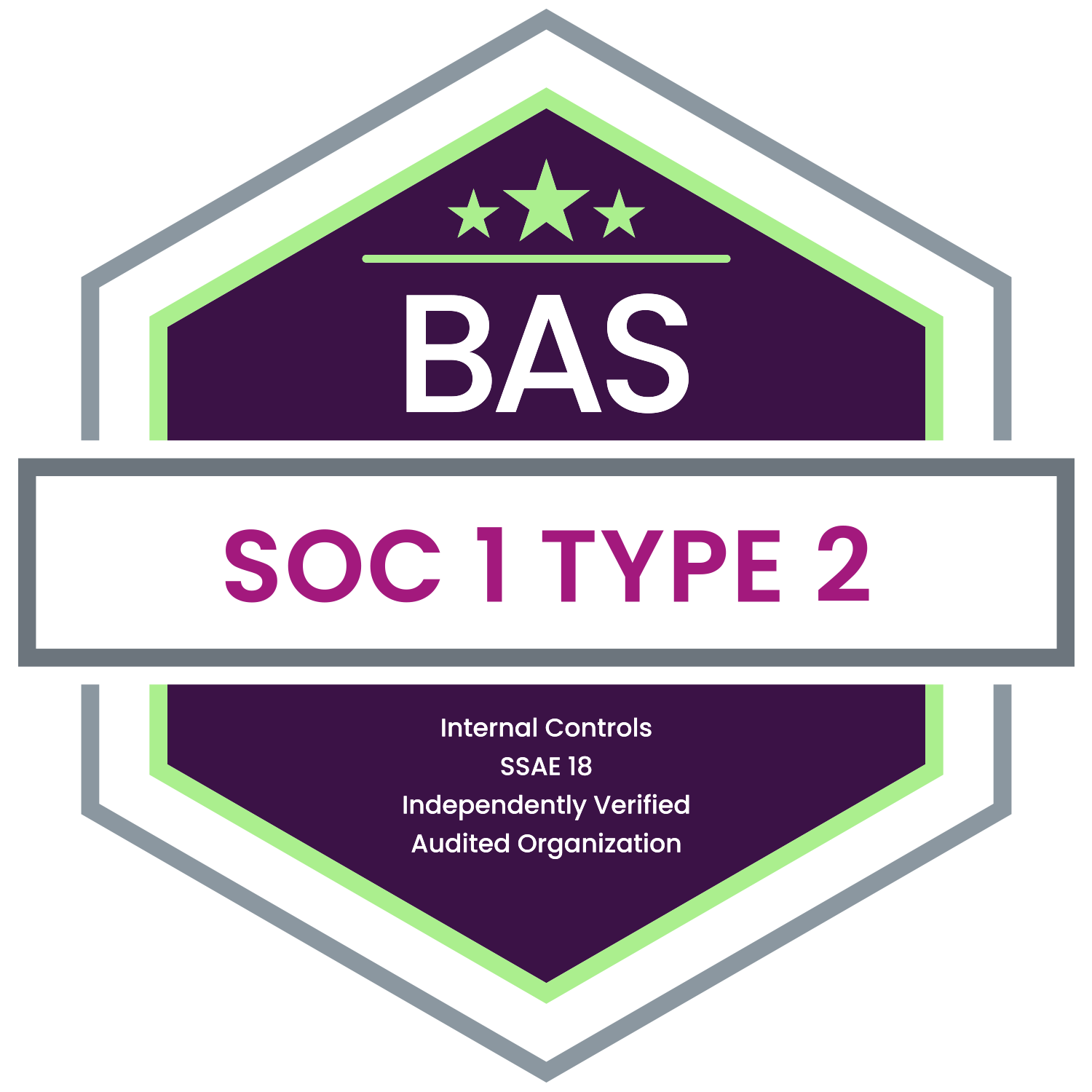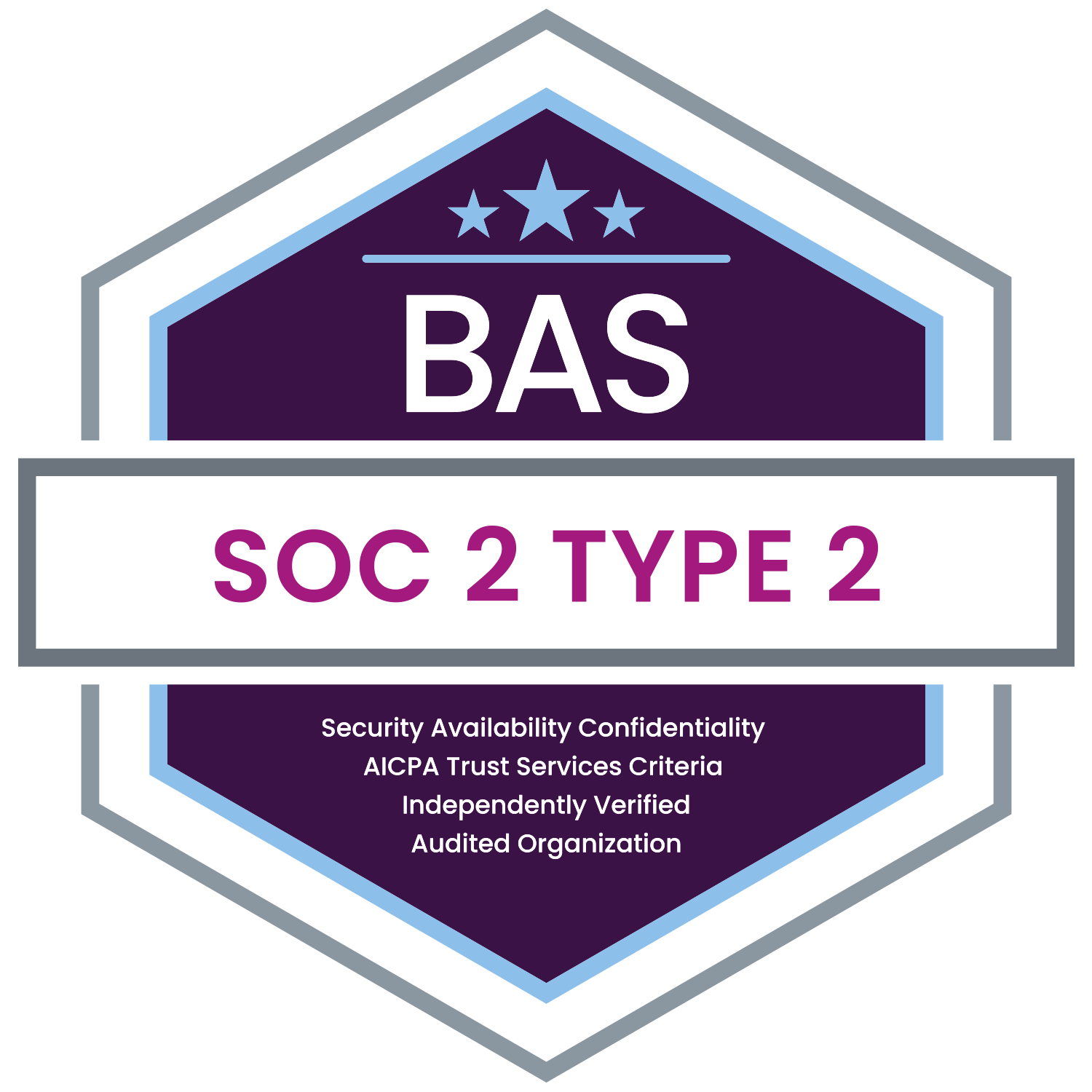Simplify ACA Reporting with Our Affordable and Accurate Solution
Employers subject to the Affordable Care Act (ACA) must understand how to treat employees who terminate and are later rehired. The ACA includes rules for determining whether a returning employee should be treated as a new hire or as a continuing employee for purposes of employer-shared responsibility and health plan eligibility. These break-in-service rules are especially relevant for employers with variable-hour, seasonal, or high-turnover workforces.
Break in Service and the 13-Week Rule
Under the ACA's employer mandate, if an employee has a period of no service, the employer must determine whether that break is long enough to reset the employee’s measurement period. The general rule is this:
- If an employee is rehired after a break of at least 13 consecutive weeks with no hours of service (26 weeks for educational organizations), the employer may treat the employee as a new hire.
- If the break is fewer than 13 weeks, the employee must be treated as a continuing employee, retaining their previous status with respect to full-time eligibility.
Employers also have the option to use a “rule of parity.” Under this optional rule, an employee can be treated as a new hire if the break in service is at least four weeks and is longer than the period of prior employment. For example, if an employee worked for three weeks and then had a four-week break, they may be treated as a new hire.
Why It Matters
This distinction impacts whether the returning employee must be offered health coverage immediately or after a new waiting period. Treating someone incorrectly as a new hire may violate the ACA's requirement to offer coverage to full-time employees and could result in penalties.
Best Practices
- Maintain clear records of hire, termination, and rehire dates.
- Track hours of service to determine eligibility accurately.
- Review rehire policies to ensure consistency with ACA guidelines.
- Consult with benefits counsel or third-party administrators for guidance on applying the rules to specific situations.
Understanding and applying these rehire rules helps employers stay compliant with ACA requirements and avoid unintended liability. As employee work patterns continue to evolve, especially in part-time or seasonal environments, these rules play a key role in benefits administration.
Benefit Allocation Systems (BAS) provides best-in-class, online solutions for: Employee Benefits Enrollment; COBRA; Flexible Spending Accounts (FSAs); Health Reimbursement Accounts (HRAs); Leave of Absence Premium Billing (LOA); Affordable Care Act Record Keeping, Compliance & IRS Reporting (ACA); Group Insurance Premium Billing; Property & Casualty Premium Billing; and Payroll Integration.
MyEnroll360 can Integrate with any insurance carrier for enrollment eligibility management (e.g., Blue Cross, Blue Shield, Aetna, United Health Care, Kaiser, CIGNA and many others), and integrate with any payroll system for enrollment deduction management (e.g., Workday, ADP, Paylocity, PayCor, UKG, and many others).
This article is for informational purposes only and is not intended as legal, tax, or benefits advice. Readers should not rely on this information for taking (or not taking) any action relating to employment, compliance, or benefits. Always consult with a qualified professional before making decisions based on this content.









